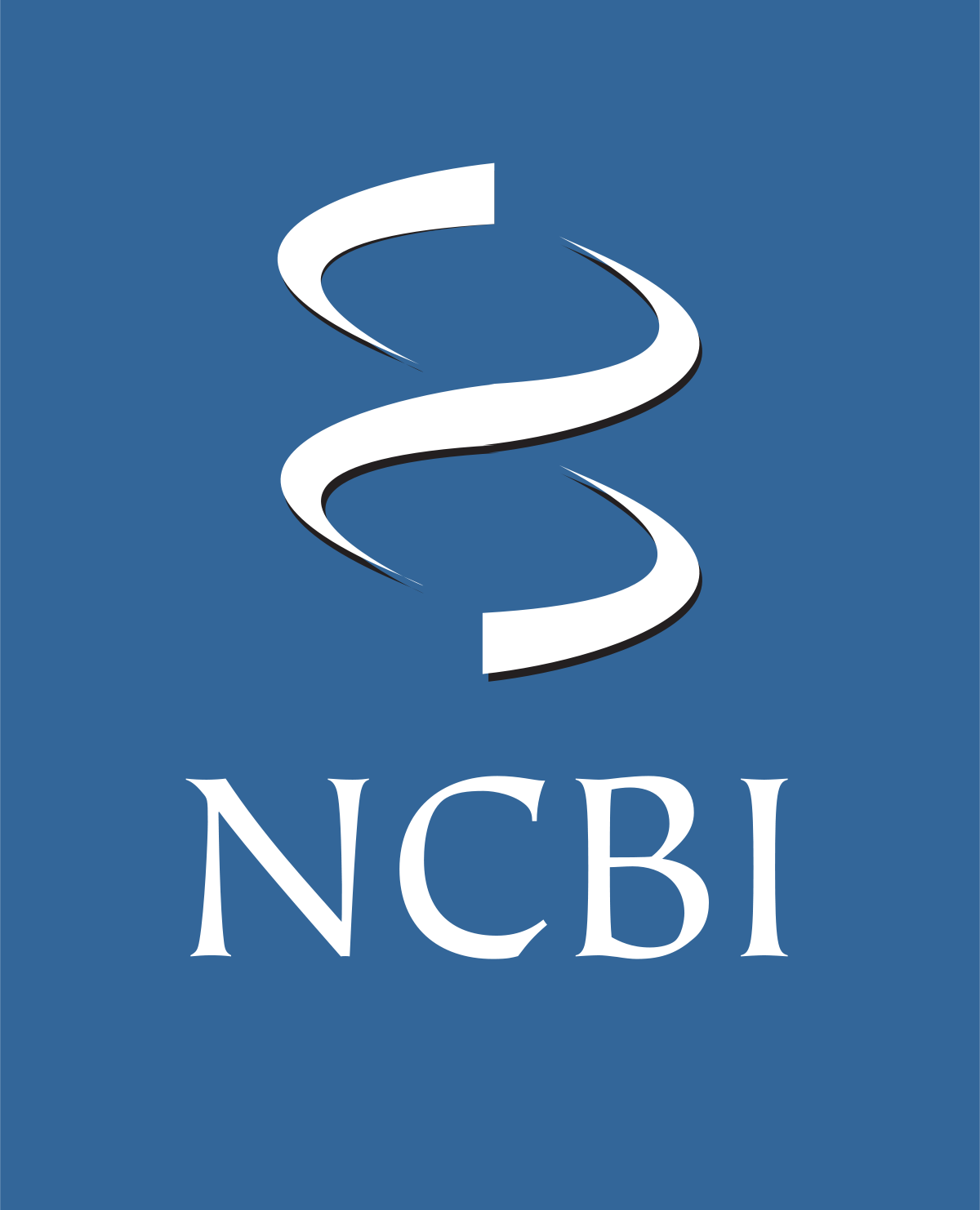Accession
MI0000102
Symbol
HGNC:
MIR100
Description
Homo sapiens
hsa-mir-100 precursor miRNA
Summary
Caution, this is an AI generated summary based on literature. This may have errors. ?
MIR100 is a microRNA implicated in various cellular processes, including the regulation of apoptosis [PMC7123062]. In a study assessing the diagnostic potential of extracellular vesicle (EV) membrane proteins and microRNAs, MIR100, in combination with miR194 and the membrane proteins CD146 and CD144, demonstrated high diagnostic accuracy, although the specific multivariate area under the receiver operating characteristic (AUROC) value for this combination was not explicitly stated as 0.970 [PMC8821147]. To further investigate MIR100's role, researchers constructed an expression vector named pBABE MIR100 using the pBABE-puro retrovirus vector [PMC9873580]. This vector is intended to facilitate the study of MIR100's function in cellular processes. Additionally, MIR100 has been identified as part of a group of microRNAs that prime apoptosis by targeting inhibitors of the intrinsic apoptosis pathway [PMC7123062]. However, the context does not support the claim that miR101 specifically regulates Rab1a formation or its association with apoptotic regulation alongside miR15b, miR20a, miR92a, and miR132 [PMC7123062]. The involvement of MIR100 in these critical pathways underscores its potential as a biomarker for diagnostic applications as well as its significance in understanding apoptotic mechanisms.
Literature search

205 open access papers mention hsa-mir-100
(1536 sentences)
(1536 sentences)
Sequence
352935
reads,
1052
reads per million, 140 experiments
ccuguugccacaAACCCGUAGAUCCGAACUUGUGguauuaguccgcaCAAGCUUGUAUCUAUAGGUAUGugucuguuagg
((((....((((.(((.((((((.(((.((((((...........)))))).))).)))))).))).)))).....))))
((((....((((.(((.((((((.(((.((((((...........)))))).))).)))))).))).)))).....))))
Structure
-uugc A C C A guau
ccug caca ACC GUAGAU CGA CUUGUG u
|||| |||| ||| |||||| ||| |||||| a
ggau guGU UGG UAUCUA GUU GAACac g
ugucu A A U C gccu
Annotation confidence
High
Do you think this miRNA is real?
Comments
This sequence is localised to chromosome 11 and was named mir-100-11 in reference [1].
Genome context
chr11: 122152229-122152308 [-]
Clustered miRNAs
2 other miRNAs are < 10 kb from hsa-mir-100
| Name | Accession | Chromosome | Start | End | Strand | Confidence |
|---|
Disease association
hsa-mir-100 is associated with one or more human diseases in the Human microRNA Disease Database
| Disease | Description | Category | PubMed ID |
|---|
Mature hsa-miR-100-5p
| Accession | MIMAT0000098 |
| Description | Homo sapiens hsa-miR-100-5p mature miRNA |
| Sequence | 13 - AACCCGUAGAUCCGAACUUGUG - 34 |
| Evidence |
experimental
cloned [1-3], Illumina [4] |
| Database links |



|
| Predicted targets |



|
Mature hsa-miR-100-3p
| Accession | MIMAT0004512 |
| Description | Homo sapiens hsa-miR-100-3p mature miRNA |
| Sequence | 48 - CAAGCUUGUAUCUAUAGGUAUG - 69 |
| Evidence |
experimental
cloned [2] |
| Database links |



|
| Predicted targets |



|
References
|




